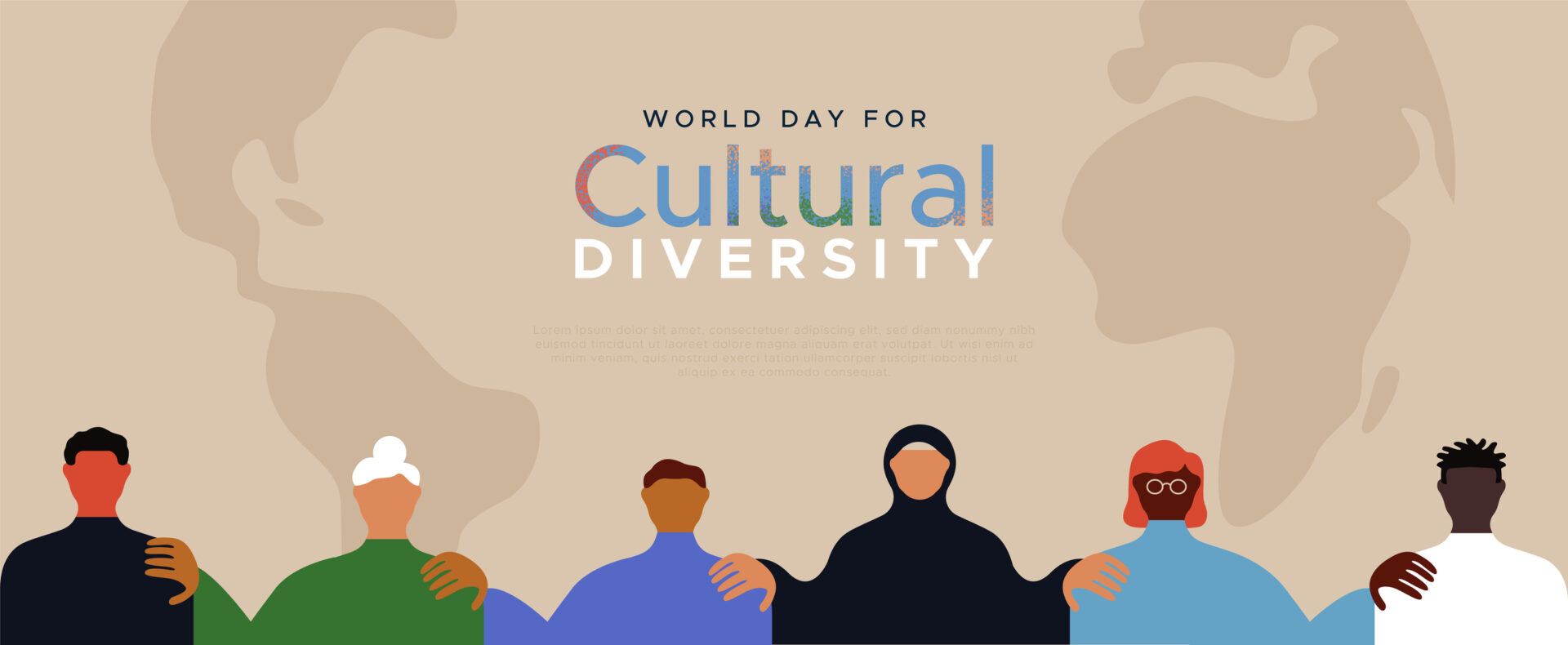Today is World Day for Cultural Diversity for Dialogue and Development, which celebrates cultural diversity and cultural expression around the world and raises awareness of the issues of low intercultural dialogue.
In healthcare, cultural diversity is critical. There is a long track record showing the benefits of the diversity of healthcare staff to patient care and outcomes and reducing implicit bias. However, cultural expression is also a vital aspect to how cultural diversity operates in healthcare settings. As UNESCO focuses this World Day for Cultural Diversity on protecting cultural expression, we look at what cultural expression is and why it is an important part of healthcare settings.
What is Cultural Expression?
Cultural expression is the manifestation of cultural identity. Representation and equity are diversity’s main concerns. Instead, cultural expression considers diversity through appearance, language, behavior, and more.
Cultural expression is also a component of how people think about and experience the world. This includes how people consider their health and medicine, making an understanding of cultural expression crucial for anyone working in healthcare.
Why is it Important to the Healthcare Profession?
Narratives drive the relationship between physician and patient. Patient histories chart a narrative about a patient’s life. Patients tell about illnesses or injuries by relating them to their own worlds. Patients’ worlds are shaped by culture.
A 2018 study from the National Bureau of Economic Research finds that patient-physician concordance across race and gender is more likely to reduce health disparities. However, that same study also shows that the rate of black, Hispanic, or even women-identifying physicians is far below the general population. This leads to lower confidence in the healthcare system. According to The Commonwealth Fund, 15 percent of black patients, 13 percent of Latino patients, and 11 percent of Asian American patients believe they would receive better care if they were of a different race.
Diversifying the healthcare workforce to reflect patient populations is an important step to restoring trust. However, so is hiring and training a workforce competent in cultural expression. This can take the shape of offering trainings that make doctors and nurses more culturally aware. However, it can also include services, such as translation or bilingual services, alternative medicine specialists, or expanding operating hours.
Read more about these approaches to cultural expression and others by clicking here.







Leave A Comment